9 Childrens Book Activities
Psssst… this post *might* contain affiliate links: see my disclosure here.
Picture Book Lesson Plans and Ideas
I’m sharing 9 picture books and lesson plan activities to go with them.
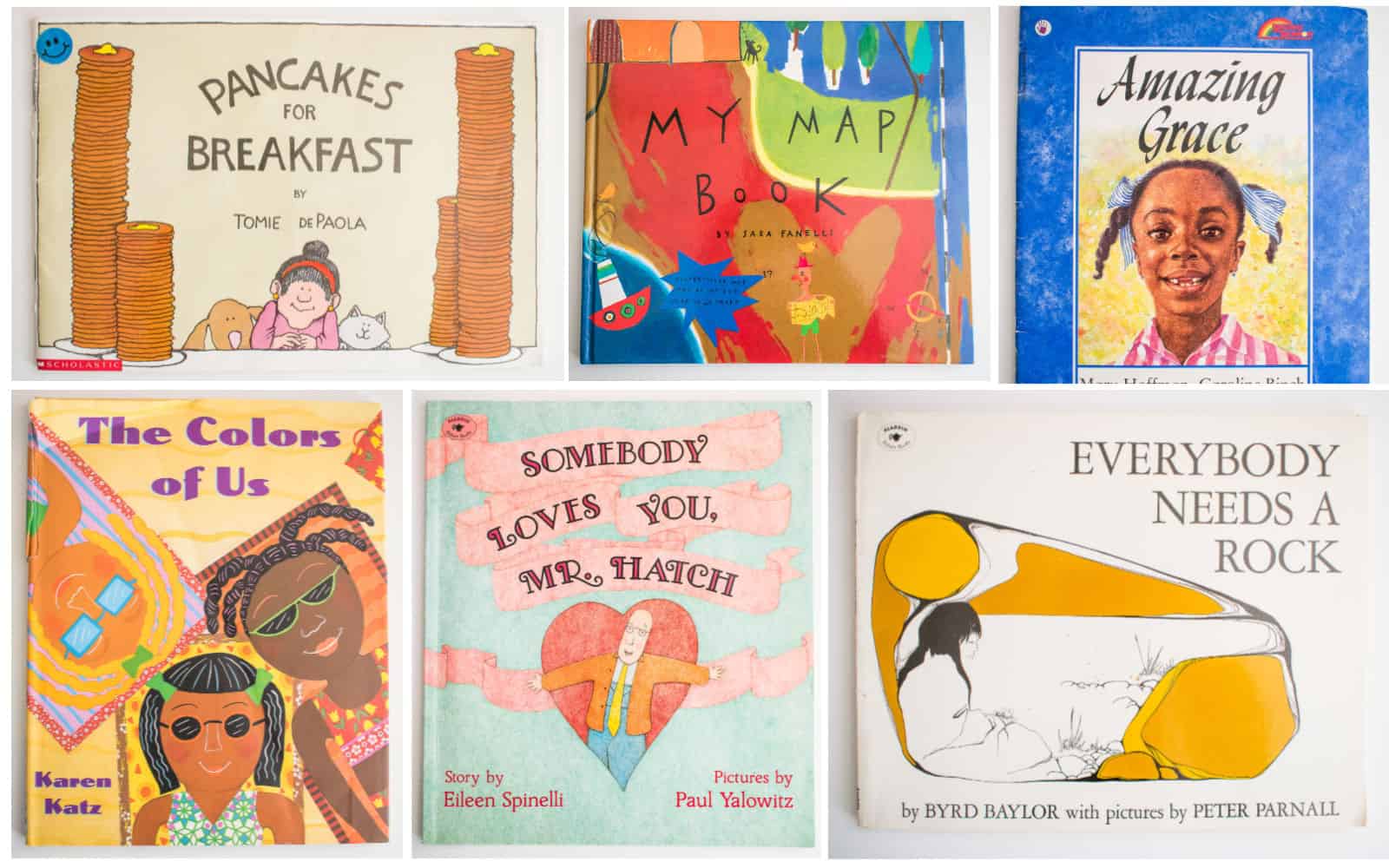
As some of you may know, I taught 1st grade for 5 years and then worked as a K-8 guidance counselor for another 5 years. My favorite type of lesson plan was one that revolved around a picture book. I would say all of these ideas would be appropriate for an elementary schooler and some could even be adapted for a preschooler with some adult support! As always, let’s make this a collaborative effort and if you have additional ideas or other book suggestions, leave a comment below and let’s support each other over these next few weeks!
Shop my favorites!
1. Everybody Needs a Rock by Byrd Baylor
This is wonderful story about a little girl who teaches us how to choose the best possible rock. “I’m sorry for kids who don’t have a rock for a friend.”
- This books lends itself to exploring so take advantage of a warmer day and go out looking for your perfect rock.
- Bring your rock home and write about it. User descriptive language to describe what it is about your rock that you love.
- Notice the illustrations in the book. Use a Sharpie or black pen to copy the style making long doodles, adding heavier lines in some places and coloring in certain shapes with a single color.
- Pull up some fun facts about rocks on Google and see if you can guess what kind of rock you found.
- Make your own rock using this recipe.
2. Pancakes for Breakfast by Tomie dePaola
Perfect for early readers, this book contains no text so it tells the story through the illustrations. See what happens when the main character decides to make pancakes for breakfast…
- Have your children tell the story aloud using their own words. They will need to look to the pictures for clues, but can add any flare or personal touches they want!
- Write/ draw your own picture book. Think of a simple story and tell it using only pictures.
- Recreate the pictures (photocopy or trace them) and have your children put them in the right order.
- Follow along with the illustrations and make pancakes!
3. We Are All Alike… We Are All Different by Cheltenham Elementary School Kindergartners
The message of this book is pretty simple… in many ways we are all very similar: we all eat lunch, and have birthdays, etc. But we are also unique and one-of-a-kind which is just as important!
- Brain storm ways that your kids are alike and then different
- Have them illustrate their ideas
- Look through magazine or catalogues and brainstorm things that are alike and things that are different
- Introduce the concept of a Venn Diagram: draw two circles that intersect in the middle. Choose two categories, one for each circle) and discuss the ways that they are unique (and would fall alone in their circle) and ways they are the same (would land in the overlapping section of the circles). E.g. my son and my daughter would be unique because one’s a boy and one’s a girl, but they would overlap because they both like cereal.
4. My Map Book by Sara Fanelli
The concept of ‘mapping’ is an important one for kids. It helps them understand spacial awareness as well as the idea that we can represent something with a symbol or shape. I love the colorful rudimentary pictures in this book and always used it for mapping lessons when I was teaching.
- Map all the things. Seriously. Draw maps of your kids room. Their classroom. Their route to school. The playground. Help them label things as necessary. Have fun!
5. Somebody Loves You, Mr. Hatch by Eileen Spinelli
I get choked up every time I read this story as it’s a wonderful example of a community coming together around this one man who goes from shy and isolated to friendly and outgoing.
- Use this story as an excuse to write a letter to a loved on.
- Plan an imaginary party for someone: decorate the house, plan the menu, write invitations, etc.
- Choose a member of the family and create a gratitude poster: write their name and then everyone can share the reasons they appreciate or love that person.
6. The Mountain That Loved a Bird by Alice McLerran
This sweet story illustrated by Eric Carle shows how a small bird befriends a mountain and one gesture at a time brings life and joy to its world.
- create your own collage mountain with scraps of paper, magazines, fabric, etc.
- plant a seed: place a bean into a cup and put a damp paper towel on top of it. Leave in a sunny spot, keep the paper towel damp and see what happens
- Draw simple illustrations of the bird, the mountain, the seed, the seedling, and the twig and have your kids put them in the right order according to the story.
7. Amazing Grace by Mary Hoffman
Grace is a precocious little girl with a vibrant imagination. When she wants to be Peter Pan in the school play, she learns that she can be anything she puts her mind to.
- Discuss the importance of overcoming challenges and ask your children to share examples of tough situations that they have overcome.
- Come up with a list of ‘limit pushers’… people who, despite their challenges, have triumphed
- Pretend to be Amazing Grace and act out some of the characters described at the beginning of the book
8. People by Peter Spier
This book is a wonderful reminder that our world would be dreadfully dull if we were all the same.
- Make lifesize portraits. Have your child lie down on a large piece of paper (tape smaller pieces together, use an old cardboard box… grab some poster paper) and trace their silhouette. If the weather is nice where you are, use a driveway or sidewalk and chalk! Let your child color in their picture adding as many characteristics and unique traits as possible: hair, clothing, favorite hobby, etc.
- Draw a family portrait.
- Look through magazines or catalogs and cut out as many different people as possible.
- Go on a people scavenger hunt around the house: look for pictures of people with curly hair, blue eyes, brown skin, wearing different style clothing, living in a different style home, etc.
9. The Colors of Us by Karen Katz
Seven year old Lena learns that the people in her community all represent different delicious shades of skin (honey, graham crackers, peaches..).
- In my classroom, we always used this book as a springboard to make wonderful detailed self portraits of ourselves. We took out mirrors, looked carefully at our features and discussed the different elements that needed to be included. We added details like jewelry, maybe someone was holding a paint brush if they loved art. We included scenery in our pictures: maybe a playground or a bedroom or a vegetable garden. Once the portraits were complete, we wrote a sentence describing ourselves just like in the book using delicious adjectives and similes to describe our skin tone.
Leave me a comment and let me know if this sort of thing is helpful! If there are books you have at home and particularly love, let me know and I can include with some ideas for activities and lesson plans! It sounds super cheesy, but I always felt that anything could be a teaching opportunity so finding ways to make these books instructional is a fun challenge!
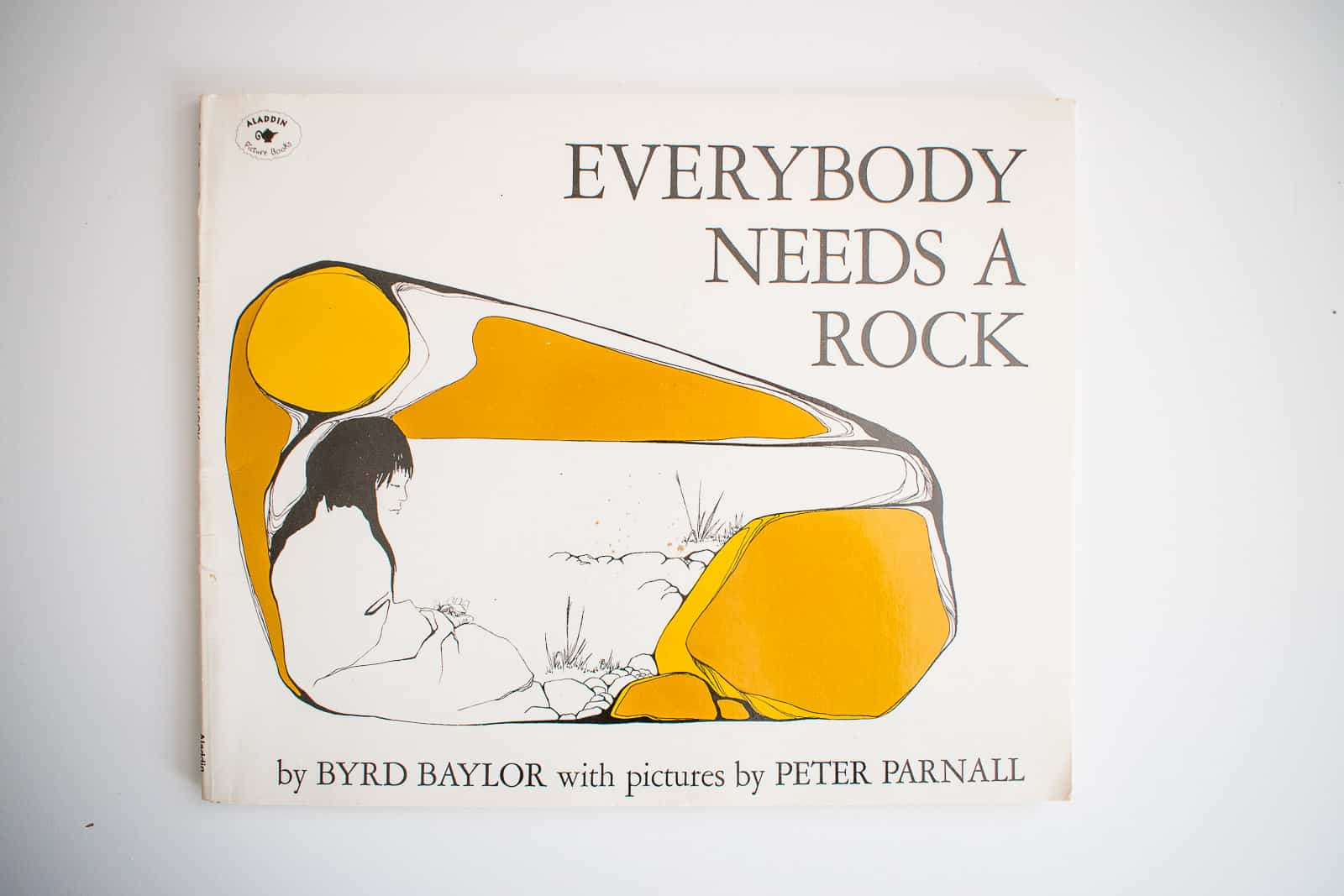

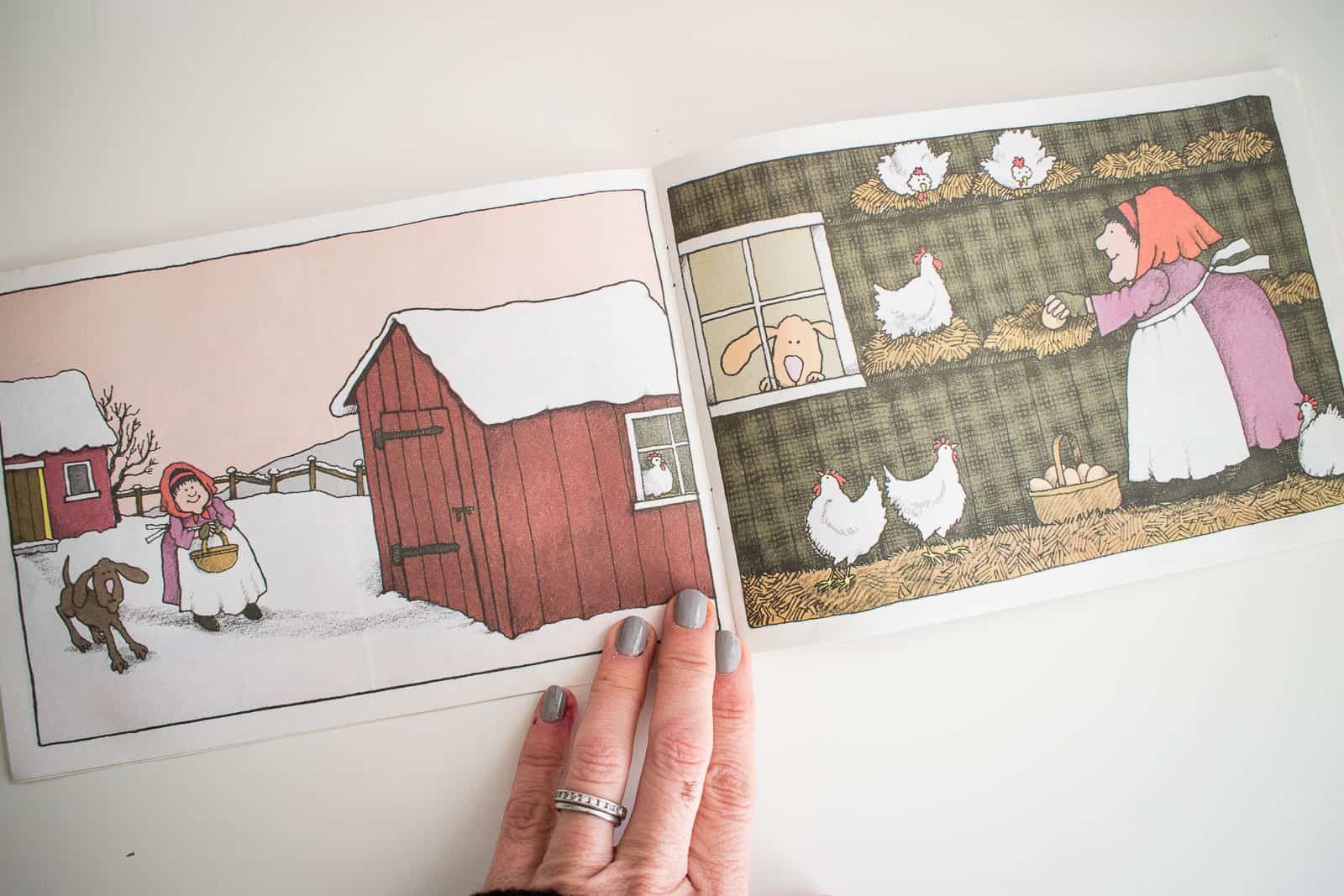
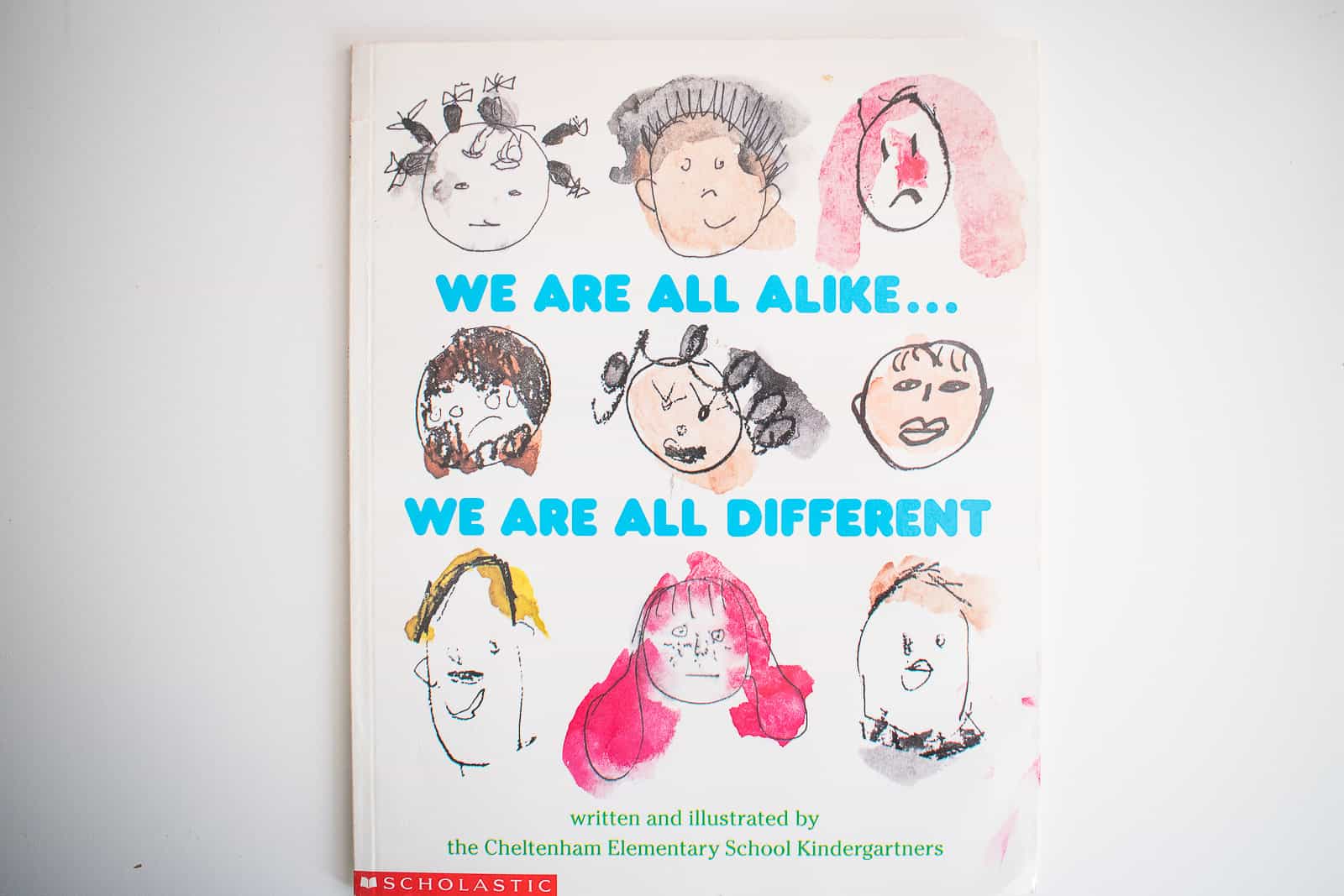
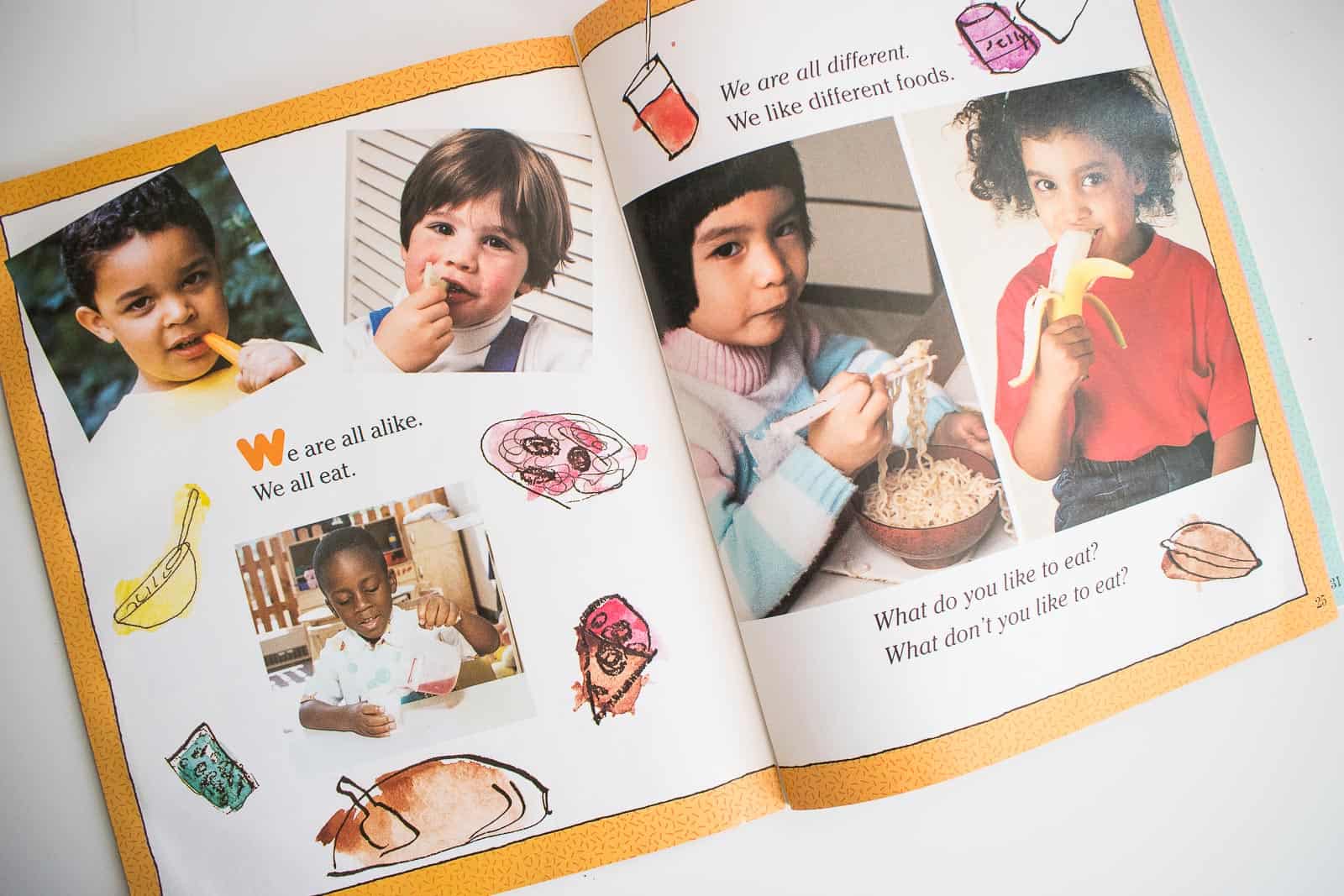
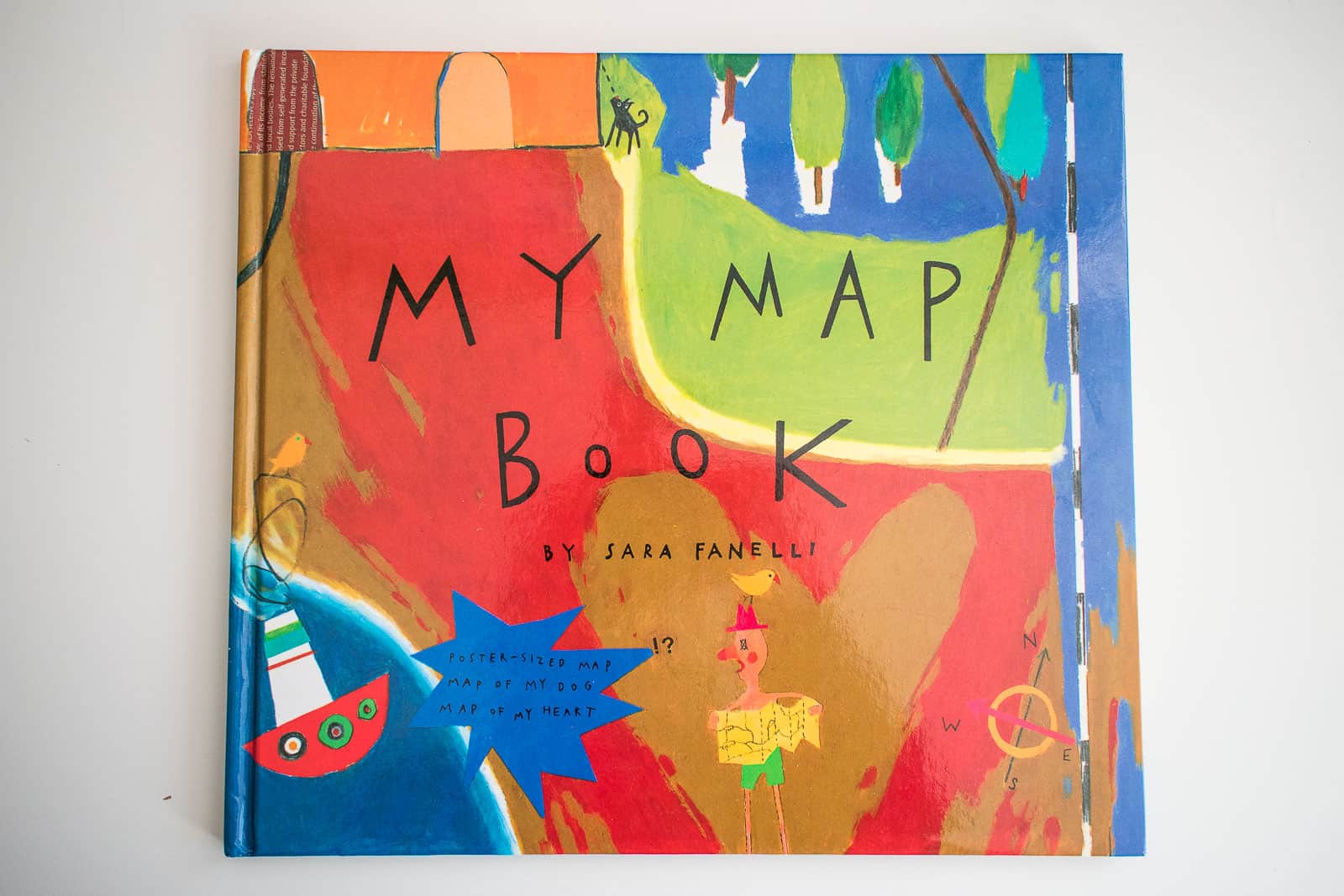

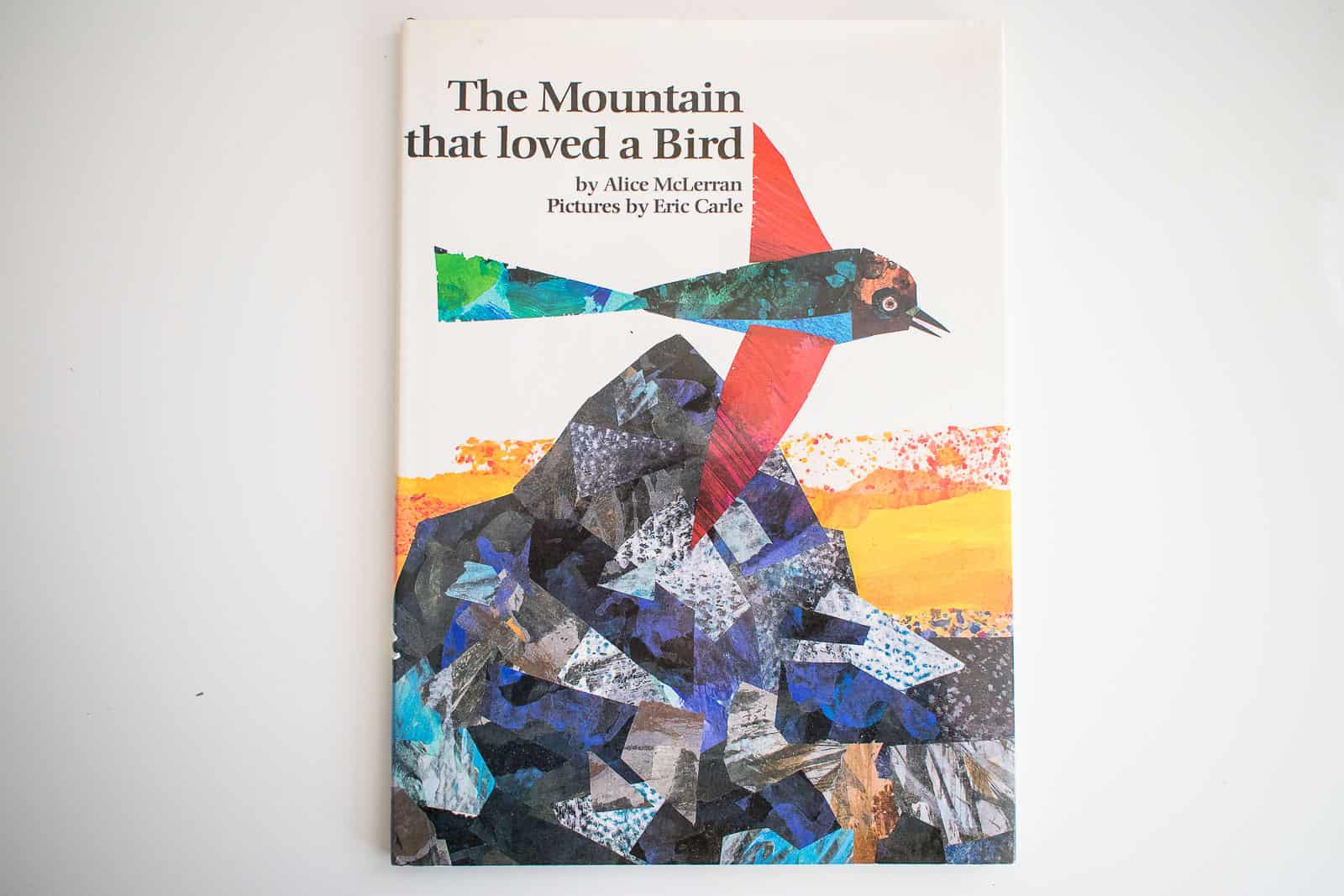
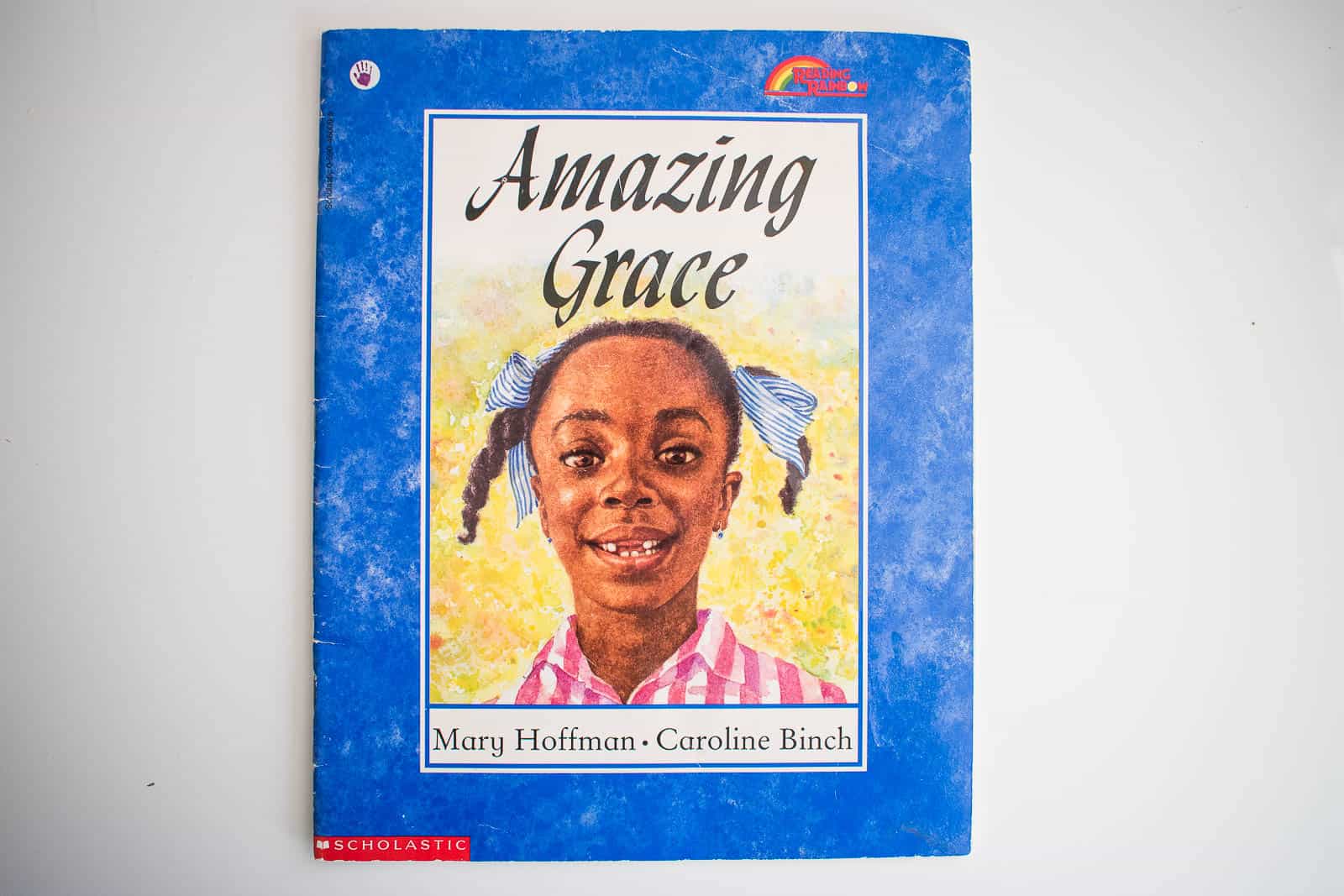
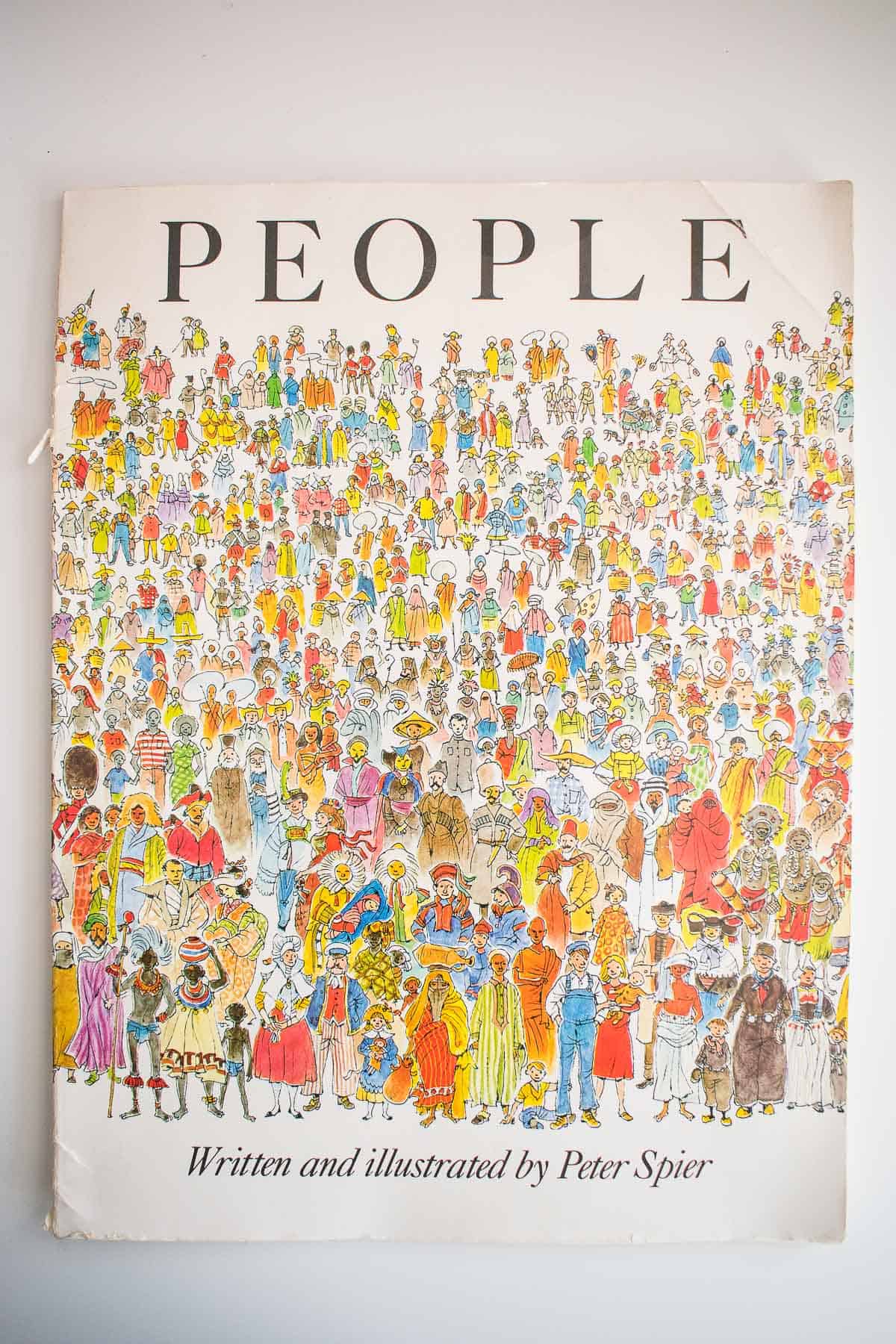
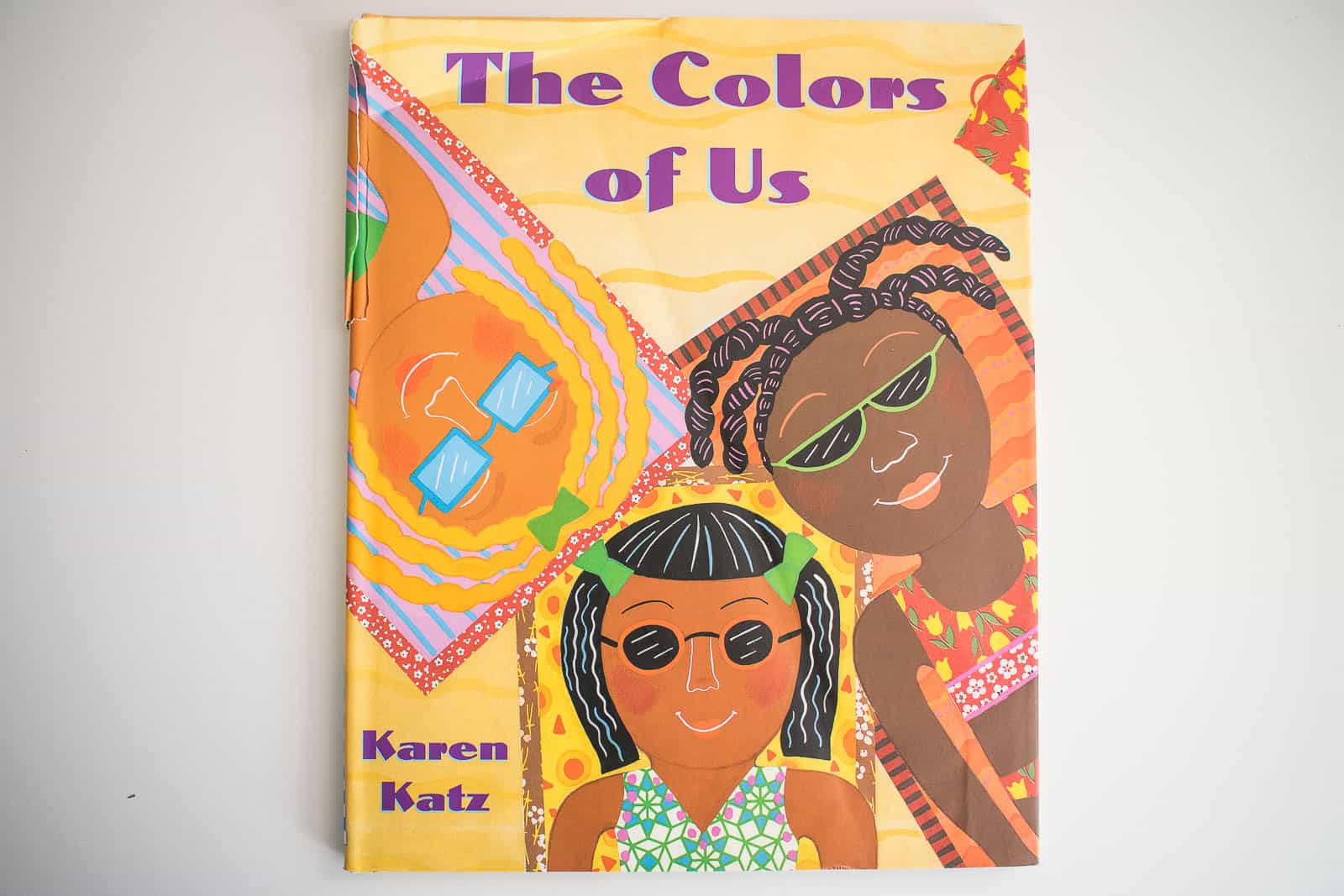

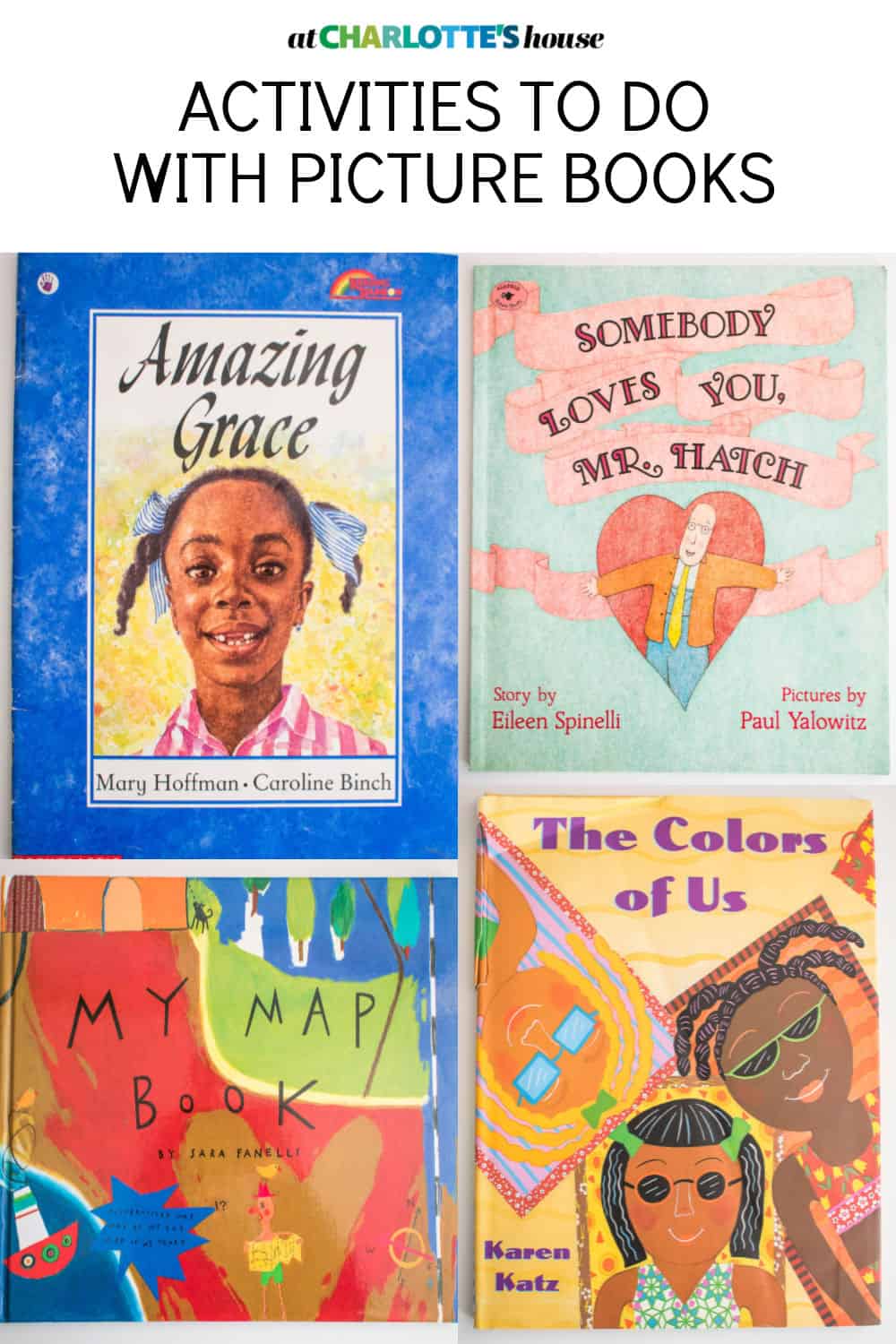


Don’t Miss Out
Become An Insider!
Signup for exclusive tips, and tricks from Charlotte’s House!
Let’s chat!
I love comments from you, so feel free to leave your thoughts and ideas below! And don’t forget to follow me on Instagram for even more!